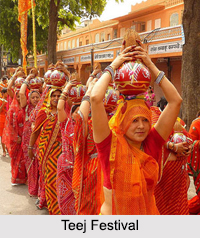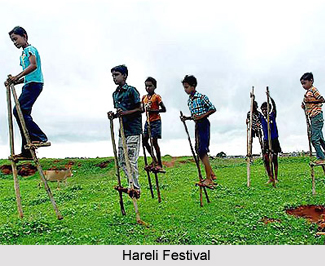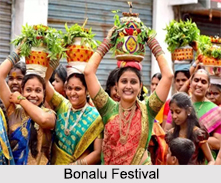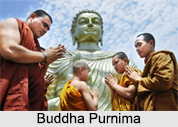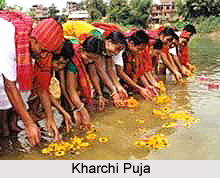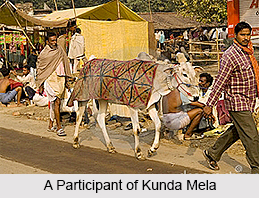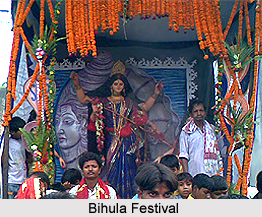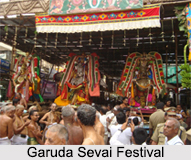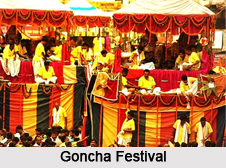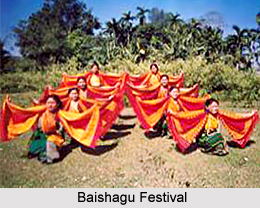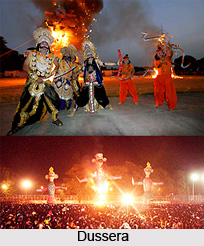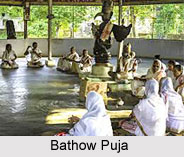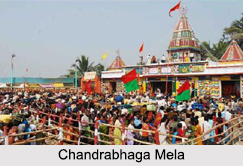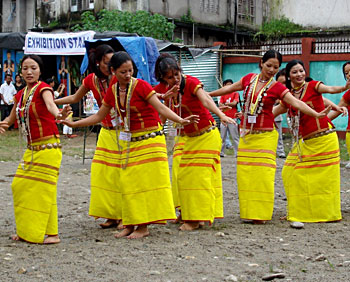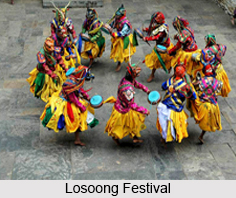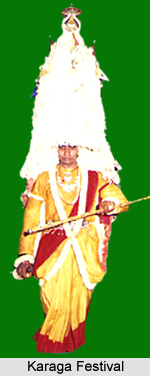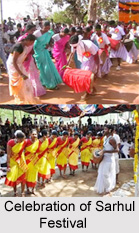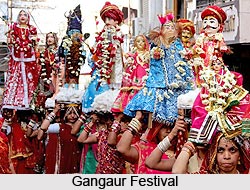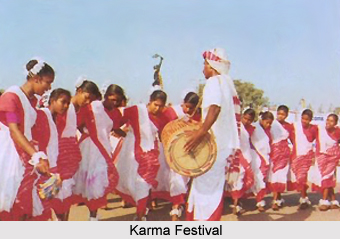 Ram Tirth Fair is a five-day spanning grand fair which is held at Ram Tirth Temple, Amritsar, which is located at a distance of nearly 11 km from the western portion of Amritsar in the state of Punjab, commencing on a certain full-moon day during November. The fair is thronged by innumerable devotees who take a dip in the holy tank which is believed to have been built by Lord Hanuman. There is a general belief which states that this sacred thirty-feet wide tank must be circumambulated, along side the continuous chanting of `Ram Ram`. A vast number of women pilgrims are observed participating in the fair since it is a popular belief that paying a visit to this fair would enable infertile women to conceive successfully. They take bath in the holy waters of the `Mata Sita Di ki Baoli` on full moon night.
Ram Tirth Fair is a five-day spanning grand fair which is held at Ram Tirth Temple, Amritsar, which is located at a distance of nearly 11 km from the western portion of Amritsar in the state of Punjab, commencing on a certain full-moon day during November. The fair is thronged by innumerable devotees who take a dip in the holy tank which is believed to have been built by Lord Hanuman. There is a general belief which states that this sacred thirty-feet wide tank must be circumambulated, along side the continuous chanting of `Ram Ram`. A vast number of women pilgrims are observed participating in the fair since it is a popular belief that paying a visit to this fair would enable infertile women to conceive successfully. They take bath in the holy waters of the `Mata Sita Di ki Baoli` on full moon night.
Ram Tirth Fair is characterised by religious conglomerations organised at Baba Atal, Manji Sahib and Akal Takht which remain for three days, which is accompanied by recitations of Granth Sahib at Akal Takht, Darbar Sahib and numerable other Gurdwaras close to Golden Temple.
Legend behind Ram Tirth Fair
Ram Tirth Temple is a famous pilgrimage centre which is intrinsically linked to the Hindu epic, Ramayana. It is believed that Sita, wife of Lord Rama had spent a considerable period of time at this very spot, during her exile, inside the cottage of the saint Rishi Valmiki. Lav and Kush were the two twins who were born to Sita at this area. It is said that Valmiki had created the entire epic at Ram Tirth and that the battle between the soldiers of Lord Rama and the twins also occurred here.
 Rituals at Ram Tirath Fair
Rituals at Ram Tirath Fair
Ram Tirth Fair is considered to be quite auspicious and numerous pilgrims visit the fair to take a dip in the holy tank created by Hanuman during the early hours of full moon night or `Puranmashi`, which measures about 3 km in circumference. Following the dip, pilgrims also take a stroll around the entire circumference of the tank which is known as `Parikrama`. The floating of `tulla toarnas` is an attractive feature of the Ram Tirth Fair and the womenfolk light lamps manufactured from kneaded flour, containing mustard oil or pure ghee, placed over leaf plates or boat shaped vessels made from sarkanda reeds and sent afloat into the tank. The ritual is performed along with the recitation of sacred hymns and songs, and is believed to cleanse or purify the devotees off their sins, practised to please Lord Rama. However, it is said that alms must be offered to handicapped people, lepers and beggars during the fair, particularly in the form of garments, eateries and cash. Recreations like magic shows, shows of singing minstrels, acrobatic feats and merry-go-rounds are also arranged. Religious organisations conduct conferences at the Ram Tirth Fair.
Numerous `jatadhari` or long-haired Indian saints or `sadhus` attend the fair, along with Sikhs especially from the rural parts of the country. A procession is organised on the final day of the Ram Tirth Fair. The devotees enjoy a sacred bath in the holy tank after the recitation of the `Japji Sahib` and thereafter visiting the Golden Temple for offering prayers. `Karah Prasad` is amongst the main offerings, apart from candy-drops, flowers and parched rice grains which are sold to the millions of assembled tourists by the management.
